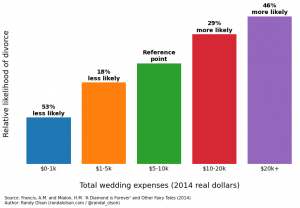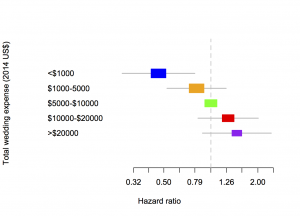Currie Cup Predictions for the Currie Cup Final
Team Ratings for the Currie Cup Final
The basic method is described on my Department home page. I have made some changes to the methodology this year, including shrinking the ratings between seasons.
Here are the team ratings prior to this week’s games, along with the ratings at the start of the season.
| Current Rating | Rating at Season Start | Difference | |
|---|---|---|---|
| Lions | 7.39 | 0.07 | 7.30 |
| Western Province | 5.87 | 3.43 | 2.40 |
| Sharks | 3.00 | 5.09 | -2.10 |
| Blue Bulls | 1.17 | -0.74 | 1.90 |
| Cheetahs | -3.53 | 0.33 | -3.90 |
| Pumas | -8.20 | -10.00 | 1.80 |
| Griquas | -10.10 | -7.49 | -2.60 |
| Kings | -14.91 | -10.00 | -4.90 |
Performance So Far
So far there have been 42 matches played, 31 of which were correctly predicted, a success rate of 73.8%.
Here are the predictions for last week’s games.
| Game | Date | Score | Prediction | Correct | |
|---|---|---|---|---|---|
| 1 | Lions vs. Sharks | Oct 18 | 50 – 20 | 6.70 | TRUE |
| 2 | Western Province vs. Blue Bulls | Oct 18 | 31 – 23 | 10.00 | TRUE |
Predictions for the Currie Cup Final
Here are the predictions for the Currie Cup Final. The prediction is my estimated expected points difference with a positive margin being a win to the home team, and a negative margin a win to the away team.
| Game | Date | Winner | Prediction | |
|---|---|---|---|---|
| 1 | Western Province vs. Lions | Oct 25 | Western Province | 3.50 |

